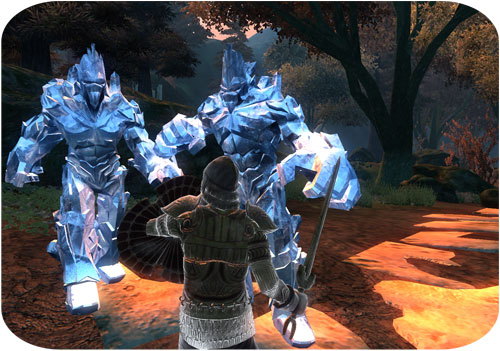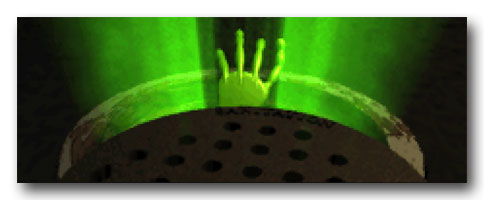Though Oblivion‘s general dreariness and drudgery may not promise it, there are stirring moments to be found in the game, something that may come as a shock to those so benumbed by their first few hours in the land of Cyrodiil that they gave up.
One of these moments sees the player accompanying a man as he walks through the town of Bruma past townsfolk chanting his name. The man was once unconvinced he was worthy of such adulation but comports himself now in a manner befitting his heroic bloodline. Once a priest seemingly more comfortable with books, he is now clad in the resplendent Imperial Dragon armour that is his birthright. Once a quiet and unassuming man, he now strides forward with the conviction to do what is required of him.
He leads the defense of a town that will soon be besieged, having seen firsthand the devastation his terrifying opponents have wrought elsewhere. No longer plagued with uncertainties, he stands before the pitifully few defenders assembled before him and his voice rings out loud and clear.
“Soldiers of Cyrodiil, the Empire will stand or fall by what we do here today. Will we let the Daedra do to Bruma what they did to Kvatch? Will we let them burn our homes, will we let them kill our families? No, we make our stand here today for the whole of Cyrodiil. We must hold fast until the Hero of Kvatch can destroy their great gate. We must kill whatever comes out of that gate. Soldiers of Cyrodiil, do you stand with me?”
As he makes his stand, the player must rush into that great gate to retrieve the key to victory before all is lost. It is a desperate race against time underneath a fiery red sky in a dread plane infested with demons. As the sands of the hourglass fall, so do the defenders on the other side of the gate. Some are familiar names, valiant warriors who have fought by the player’s side. Now, with their very lives, they will buy 13 precious minutes to save Bruma and Cyrodiil itself, trusting in the leadership of a man they barely know.
That is not his finest moment. That will come much later and the player will once again bear witness to it. It is the moment when even the divine acknowledge to all that this mortal is indeed worthy of the power and responsibility bestowed upon him, as it was bestowed upon his father and his forefathers before him. It is the moment for which he will be proclaimed the greatest of them all.
Moments like those inspire a wide grin, a raised clenched fist and a “Hell, yeah!” Unfortunately, Oblivion has far too few of these and they are found only as the main storyline moves towards conclusion. If there were one or two of these rousing moments in the first few hours of the game then perhaps the doubtful player could have been assured the game was indeed worthy of the time investment. As it stands, those moments will only be the rightful rewards for those who persevered.




